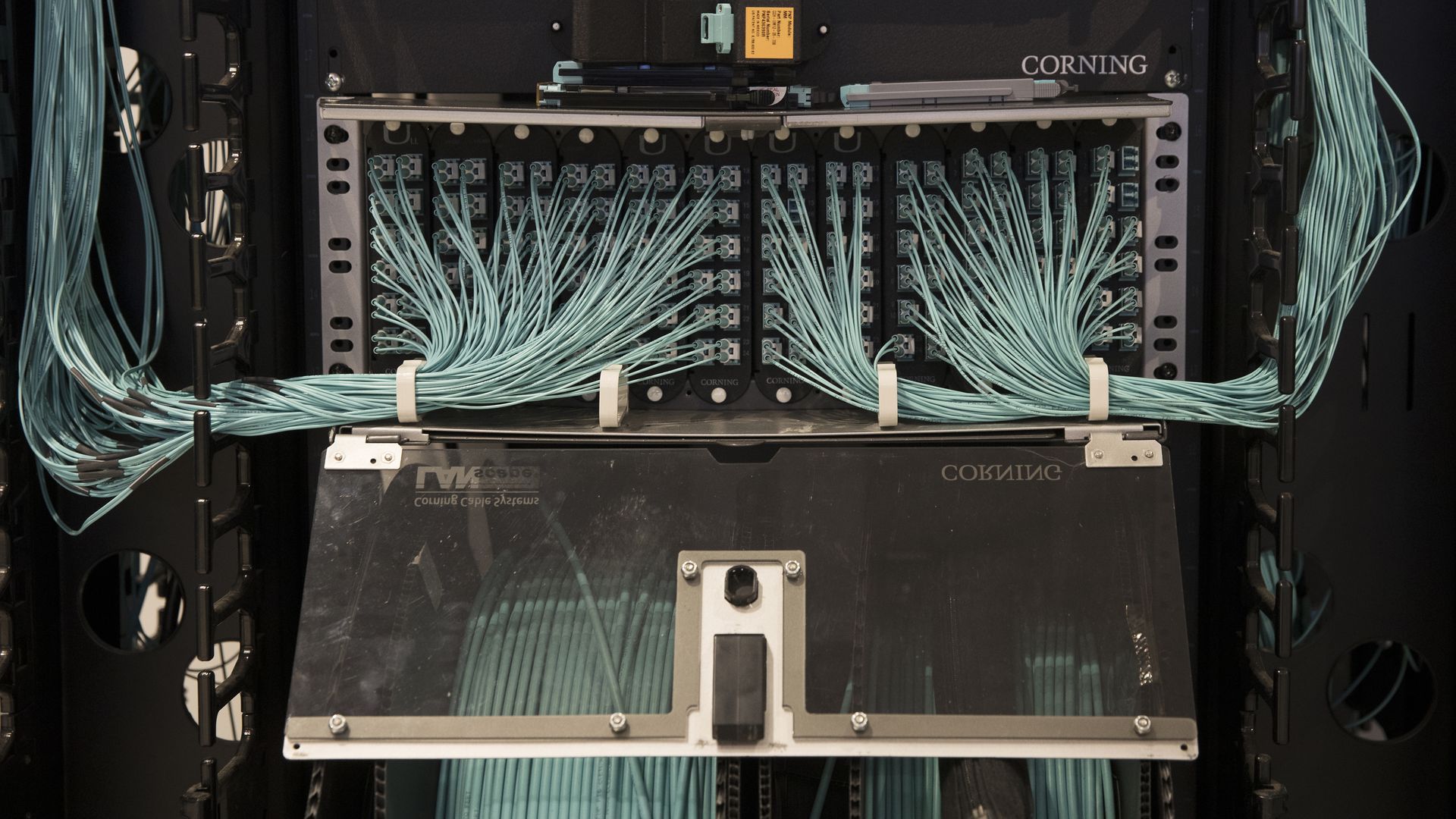
Businesses do indeed seem to be coming home after the pandemic illustrated the dangers of stretched supply lines, the global minimum tax reduced the incentives to flee to other countries with lower taxes, and the passage of the CHIPS and Science Act and the Inflation Reduction Act spurred investment in technology.
Yesterday, Honda and LG Energy Solution announced they would spend $4.4 billion to construct a new battery plant in the U.S. to join the plants General Motors is building in Ohio, Michigan, and Tennessee; the ones Ford is building in Kentucky and Tennessee; the one Toyota is building in North Carolina; and the one Stellantis is building in Indiana. The plants are part of the switch to electric vehicles. According to auto industry reporter Neal E. Boudette of the New York Times, they represent “one of the most profound shifts the auto industry has experienced in its century-long history.”
Today, Kentucky governor Andy Beshear (D) announced that Kentucky has secured more than $8.5 billion for investment in the production of electric vehicle batteries, which should produce more than 8,000 jobs in the EV sector. “Kentuckians will literally be powering the future,” he said.
Also today, First Solar, the largest solar panel maker in the U.S., announced that it would construct a new solar panel plant in the Southeast, investing up to $1 billion. It credited the Inflation Reduction Act with making solar construction attractive enough in the U.S. to build here rather than elsewhere. First Solar has also said it will upgrade and expand an existing plant in Ohio, spending $185 million.
Corning has announced a new manufacturing plant outside Phoenix, Arizona, to build fiber-optic cable to help supply the $42.5 billion high-speed internet infrastructure investment made possible by the Bipartisan Infrastructure Act. AT&T will also build a new fiber internet network in Arizona.
The CHIPS and Science Act is spurring investment in the manufacturing of chips in the U.S. Earlier this month, Micron announced a $40 billion investment in the next eight years, producing up to 40,000 new jobs. Qualcomm has also committed to investing $4.2 billion in chips from the New York facility of GlobalFoundries. Qualcomm says it intends to increase chip production in the U.S. by 50% over the next five years. In January, Intel announced it would invest $20 billion, and possibly as much as $100 billion, in a chip plant in Ohio.
This investment is part of a larger trend in which U.S. companies are bringing their operations back to the U.S. Last week, a report by the Reshoring Initiative noted that nearly 350,000 U.S. jobs have come home this year. The coronavirus pandemic, Russia’s war on Ukraine, and China’s instability were the push to bring jobs home, while the Inflation Reduction Act and the CHIPS and Science Act were the pull. Dion Rabouin notes in the Wall Street Journal that this reshoring will not necessarily translate to blue-collar jobs, as companies will likely increase automation to avoid higher labor costs.